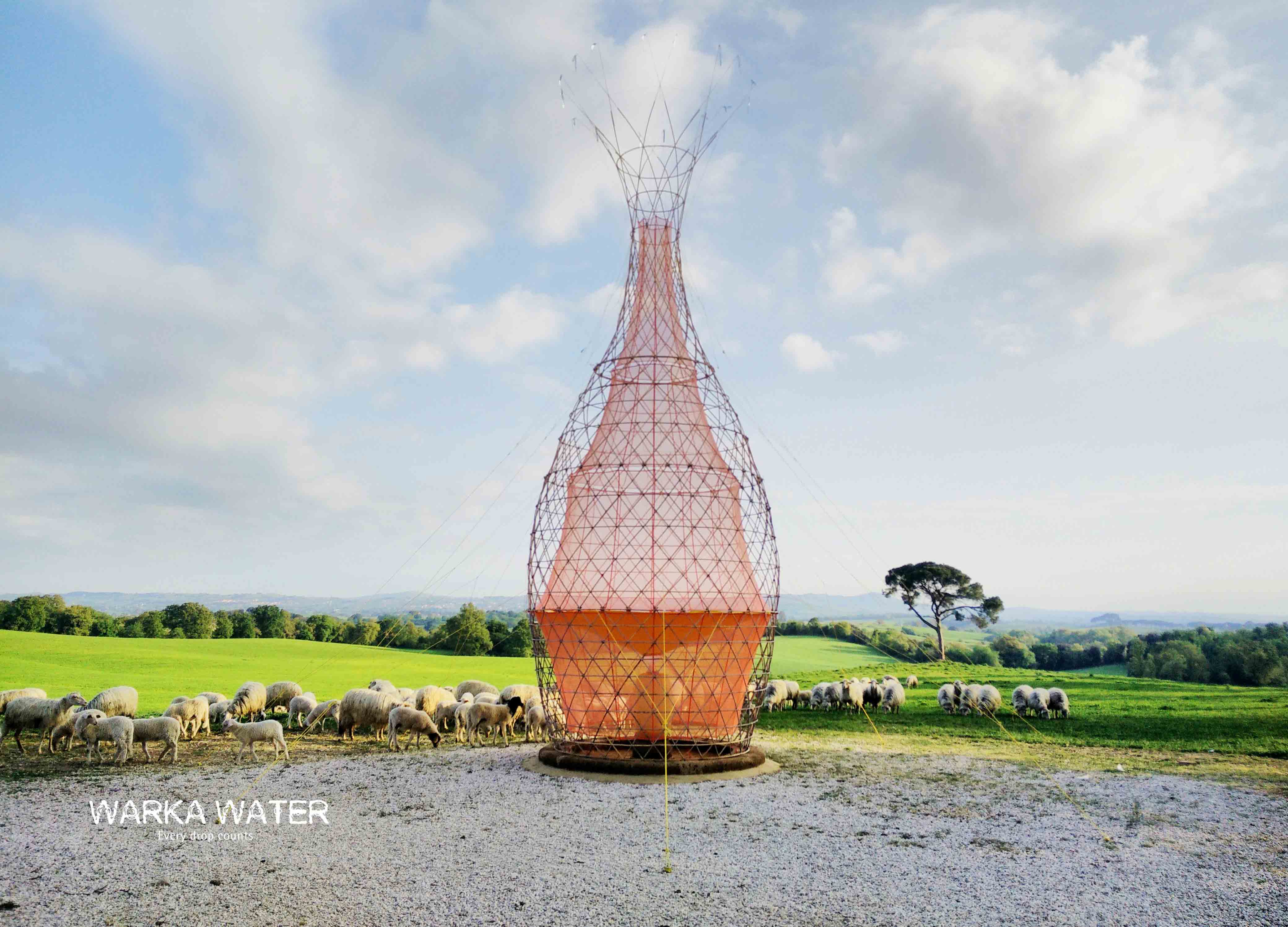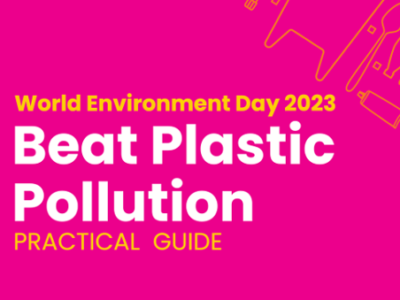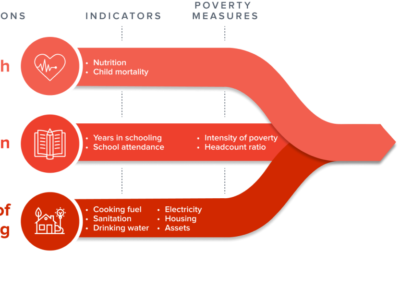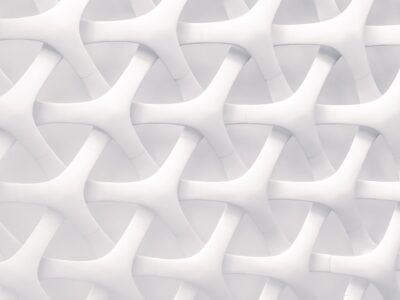Italian designer Arturo Vittori and his team created a water-catchment system that can produce potable water by harvesting dew, rain and mist using a unique tower structure. Warka Water is made up of a bamboo frame, recyclable mesh, rope and a water collector.
Warka Water (WW) is an alternative water source to rural population that faces challenges in accessing drinkable water. It is first and foremost an architecture project. WW should not be considered as the solution to all water problems in developing countries but rather as a tool that can provide clean water in selected areas, particularly in mountainous regions where conventional pipelines will never reach and where water is not available from wells. These remote communities, often with limited financial means, struggle to find reliable supplies of clean water for the people, the animals and for agriculture.
WW is designed to be owned and operated by the villagers, a key factor that should help guarantee the success of the project. WW not only provides a fundamental resource for life – water – but also creates a social place for the community, where people can gather under the shade of its canopy for education and public meetings.
The device can be assembled cheaply and easily by six people in roughly four days. This biomimetic water harvester takes its inspiration from nature including termite hives – their airflow, shape and geometry have helped shape the device. It’s been trialed in Ethiopia and Italy. The structure relies on gravity, condensation and evaporation to generate drinking water, and doesn’t require electrical power. Each tower costs about $1,000, significantly less than other water relief options available.
The name of the project ‘Warka’ comes from the Warka Tree, which is a giant wild fig tree native to Ethiopia. It constitutes a very important part of the local culture and ecosystem by providing its fruit and a gathering place for the community
See their website for more about Warka Water






